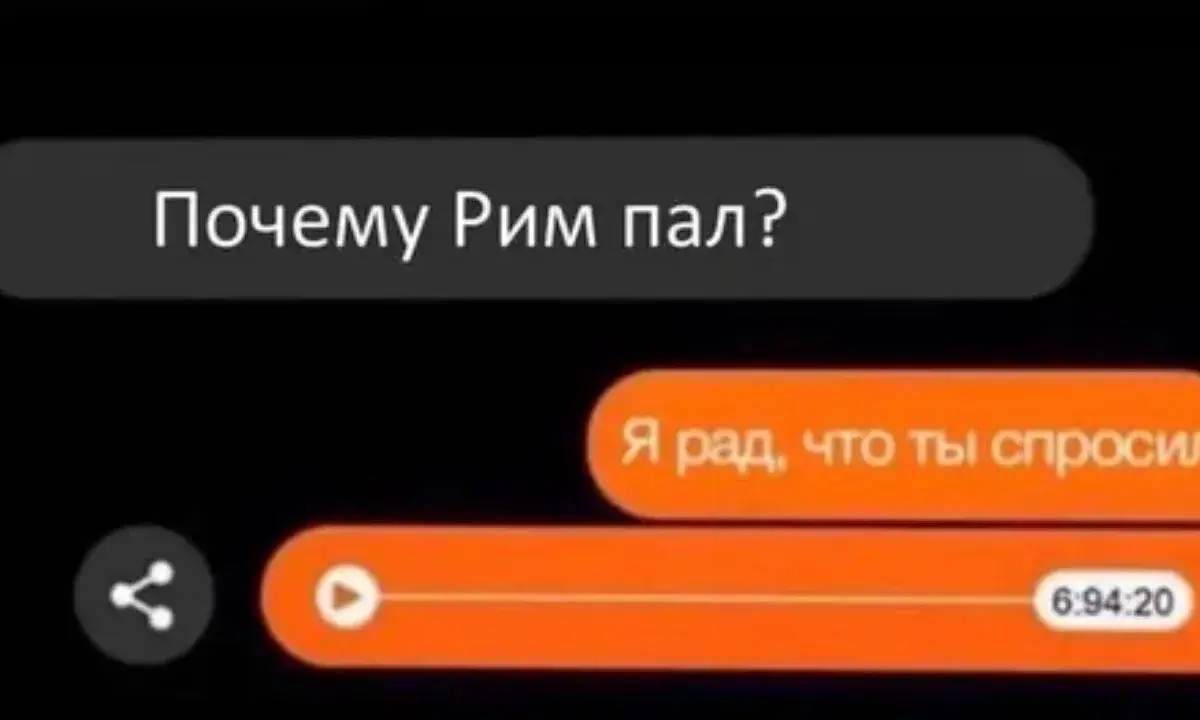When someone texts, “Glad you made it safely,” they’re expressing relief, care, or attention. Knowing how to reply matters. A thoughtful response reinforces bonds, shows esteem, and carries emotional weight. Below is a full guide (plus 400+ example replies) to help you respond with ease, sincerity, or humor — whichever fits best.
Why Saying “Glad You Made It Safely” Matters
- Emotional validation: When someone says this, they’re telling you they were concerned about you. A reply acknowledges they care.
- Builds connection: A simple “thank you” deepens trust and shows respect for their empathy.
- Reassures them: Your response closes the loop — they don’t have to wonder if you’re okay.
- Communicates tone: Whether it’s familial, romantic, friendship, or professional — your response tone helps define the relationship.
Think of it as a mini affirmation of safety and connection. It’s a small moment, but often meaningful.
The Different Contexts of “Glad You Made It Safely”
The phrase “Glad you made it safely” shows up in different settings. Your response should match the context. Here are common ones:
| Context | What’s behind it | Tone to match |
|---|---|---|
| Travel/Trip | They worried about your journey | Friendly, relieved |
| Late-night return | Safety was a concern | Warm, reassuring |
| Business or work travel | Professional courtesy | Polite, concise |
| During storms/emergencies | Fear or worry involved | Sympathetic, calm |
| Romantic/Close relationship | Emotional bond | Heartfelt, loving |
Your response tone should echo theirs — that’s part of what makes replies feel genuine.
400+ Responses to “Glad You Made It Safely”
Below are sample replies you can use or adapt. I’ve grouped them by tone so you can pick what fits best. (They’re not numbered — feel free to copy any.)
Casual Responses
- Thanks! I made it in one piece.
- Yup — all safe here.
- Thanks for checking in.
- I’m good — got in just fine.
- Made it, safe and sound.
- Appreciate it — journey was smooth.
- Thanks — traffic wasn’t bad.
- All good here!
- Whew, yes — made it without drama.
- Thanks — just got settled.
Funny / Lighthearted Responses
- I survived! Thanks for caring 😂
- Yep, still intact.
- All limbs present and accounted for.
- I made it without turning into roadkill.
- Safe and sassily arrived.
- Guess who didn’t get lost?
- I’m basically a superhero.
- Landed, unscathed.
- No alien abduction — I’m here.
- Still breathing — thanks for checking.
Heartfelt Responses
- Thank you, really means a lot.
- I appreciate your concern.
- So grateful for you checking in.
- Yes — and I’m thinking of you.
- Your message made me smile.
- It felt good to get home.
- I’m safe, thanks to you caring.
- You always worry about me — thank you.
- I’m blessed to have someone like you.
- Thank you — I feel supported.
Professional Responses
- Thank you. I’m back safely and ready to resume.
- I appreciate your message — all went smoothly.
- Thanks — the trip was uneventful.
- I arrived safely; thanks for your concern.
- Thank you for checking in.
- Yes, I’m back and safe.
- Thanks, everything went well.
- I’m home safe; I’ll be in touch soon.
- Appreciated — I’m settled now.
- Thanks — no issues along the route.
Warm and Appreciative Responses
- Thanks so much — that warms my heart.
- You’re so thoughtful — I’m safe.
- Thank you, it feels good to be home.
- Your message is sweet. I’m okay.
- Thanks, friend — I made it.
- That means a lot. I’m safe.
- I appreciate your care.
- Thank you — journey was peaceful.
- Feeling relieved — thanks to you.
- Thanks — I landed safely.
Crafting the Perfect Message
When you reply, think about three things: tone, timing, and personal touch.
- Tone matching: If they’re formal or casual, echo that. A buddy’s text warrants casual; boss’s text demands slightly more formal.
- Timing matters: Reply soon (within minutes to an hour) to reassure.
- Personal touch: Add a detail — “roads were clear” or “got a bit stuck in traffic” — it makes your message real.
- Emojis judiciously: Use them when texting friends or family, avoid in formal replies.
- Keep it concise: A few heartfelt words beat a long ramble.
Example breakdowns:
- To a friend: “Thanks! Roads were smooth, just got in.”
- To a parent: “Thanks, Mom. Everything was okay — I’m home safe.”
- To a colleague: “Thank you. My travel was smooth. I’m back safely and ready.”
Examples of “Glad You Made It Safely” in Various Scenarios
Let’s see real-life scenarios and how responses differ:
| Scenario | Who Sent It | Best Response Example |
|---|---|---|
| After long flight | Friend | “Yep, finally landed — quite a ride! Thanks 😊” |
| Late-night drive home | Parent | “Thanks, I drove carefully. Home safe now.” |
| Work trip | Manager | “Thanks. Flight was on time, I’m home safe and ready for tomorrow.” |
| Bad weather travel | Sibling | “Storm delayed me a bit, but I made it! Thanks for worrying.” |
| Return from vacation | Spouse | “I missed you already. I’m safe and glad to be back ❤️” |
These examples show how context, relationship, and tone combine.
The Science Behind Positive Reinforcement
Why does replying well matter? Because of emotional validation and positive reinforcement.
- Validation: When you respond, you validate the other person’s care. That makes them feel seen and heard.
- Dopamine & bonding: Compliments, caring responses, and reassurance trigger feel-good brain chemicals.
- Behavioral triggers: If you respond kindly, people tend to check in more — reinforcing caring habits.
- Perception of sincerity: A well-timed, thoughtful message is perceived as authentic — that strengthens trust.
In short: you’re not just returning safety — you’re building emotional credit in relationships.
Tips for Making Your Message More Effective
- Personalize: Use names, mention details.
- Mirror tone: If they used “glad” or emoticons, you can too.
- Avoid clichés: Vague “thanks” is okay, but better with context.
- Be honest: If travel was stressful, say so briefly.
- Don’t over-apologize: Avoid “Sorry I made you worry.” Use gratitude instead.
- Use “I” statements: “I made it,” “I appreciate” — communicates ownership.
- Include a closing: “Talk soon,” “Can’t wait to see you,” etc.
Common Mistakes to Avoid
- One-word replies: “K” or “OK” can feel dismissive.
- Overusing emojis in a formal context.
- Delaying response too long — may cause worry.
- Being overly dramatic unnecessarily.
- Copying generic console replies without emotion.
- Ignoring the message altogether.
Glad You Made It Safely — Meaning & Usage
The phrase often carries both literal and emotional meaning.
- Literal meaning: “I’m glad you arrived without harm.”
- Emotional undertone: “I was concerned; I care about you.”
- “Safe” vs. “Safely”: Grammatically, “safely” is adverb. “Safe” is an adjective, so “arrived safe” is more informal or colloquial.
- Some people say “Glad you made it safe” in casual speech — it’s understood, though not strictly correct.
- Regional usage: Some English speakers lean more to “safe and sound,” which adds poetic reassurance.
Related Expressions and Variations
Let’s explore semantic neighbors, synonyms, and translation variants.
Glad You’re Home Safe or Safely
- Slight tweak: “Glad you’re home safe” or “Glad you’re home safely.”
- “Home safe” is common in casual speech.
- “Home safely” leans more formal or grammatically clear.
Glad You Made It Home Safely
- Emphasizes the “home” destination.
- Useful when someone has multiple legs of travel and you want to show the final leg matters.
Synonyms and Alternatives
Here’s a small table:
| Phrase | Tone / Context |
|---|---|
| “Relieved you got home safe.” | Caring, emotional |
| “Glad you arrived in one piece.” | Light, slightly humorous |
| “Happy to hear you’re okay.” | Neutral, kind |
| “Great to know you made it.” | Simple, general |
| “So glad your journey was trouble-free.” | Slightly formal |
“Safe and Sound” — Meaning
“Safe and sound” is an idiomatic expression meaning unharmed physically or mentally. It adds warmth and poetic feel.
You might use: “Glad you made it safe and sound.”
GIFs, Visual Messages & Digital Replies
- Use GIFs or stickers when texting casual friends or using social media.
- Search for “safe arrival GIF” or “welcome home GIF.”
- Be cautious: in formal contexts (e.g. boss, client) avoid using quirky visuals.
Glad You Arrived Safely
- Another variant. Often used after long travel or arrival at a destination (airport, hotel, etc.).
- Best replies mirror this phrasing: “Thanks — I arrived safely,” or “All good — I got there okay.”
“Glad You Made It Safely” in Spanish
- Translation: “Me alegra que hayas llegado bien” or “Me alegra que hayas llegado sano y salvo.”
- Sample replies (in Spanish or bilingual): “¡Gracias! Ya estoy en casa y bien.”
“Todo bien — me alegra leer tu mensaje.”
“Sí, llegué sin problemas, gracias por preocuparte.” - You can also mix: “Thanks, estoy bien y en casa 😊”
Glad You Made It Safely Quotes
Some quotes you can include when writing or sharing:
“Home is where one starts from.” — T. S. Eliot
“Travel brings power and love back into your life.” — Rumi
“The journey is the destination.” — Dan Eldon
You can preface with “Glad you made it safely — as this quote reminds us, travel itself is part of life’s beauty.”
FAQs
What’s the best way to reply when someone says “Glad you made it safely”?
Choose a tone that matches their relationship to you. Be sincere, include a short personal detail, and reply promptly.
Is “Glad you made it safe” correct?
It’s common in informal speech, though “safely” is grammatically correct as the adverb.
How do you respond professionally?
Keep it concise, polite, and positive: “Thank you. I arrived safely and will follow up shortly.”
Can I use humor when replying to a boss or colleague?
Only if the relationship supports it. When unsure, err on formal side.
What if I’m late replying to the message?
Acknowledge the delay: “Sorry for the late reply — I made it safely, thanks for checking in.”
Conclusion
Next time someone says “Glad you made it safely,” you won’t fumble. Whether you choose a funny, heartfelt, professional, or warm response, the key is sincerity — and matching tone and context. Use the 400+ examples above as your toolbox. A great reply closes the loop of care. It says: Yes, I’m okay—and I see your kindness, too.
Let me know if you’d like me to turn this into a ready-to-publish post with images, HTML markup, or optimized for a specific platform!

Ember Clark is an expert blogger passionate about cartoons, sharing captivating insights, trends, and stories that bring animation to life for fans worldwide.

